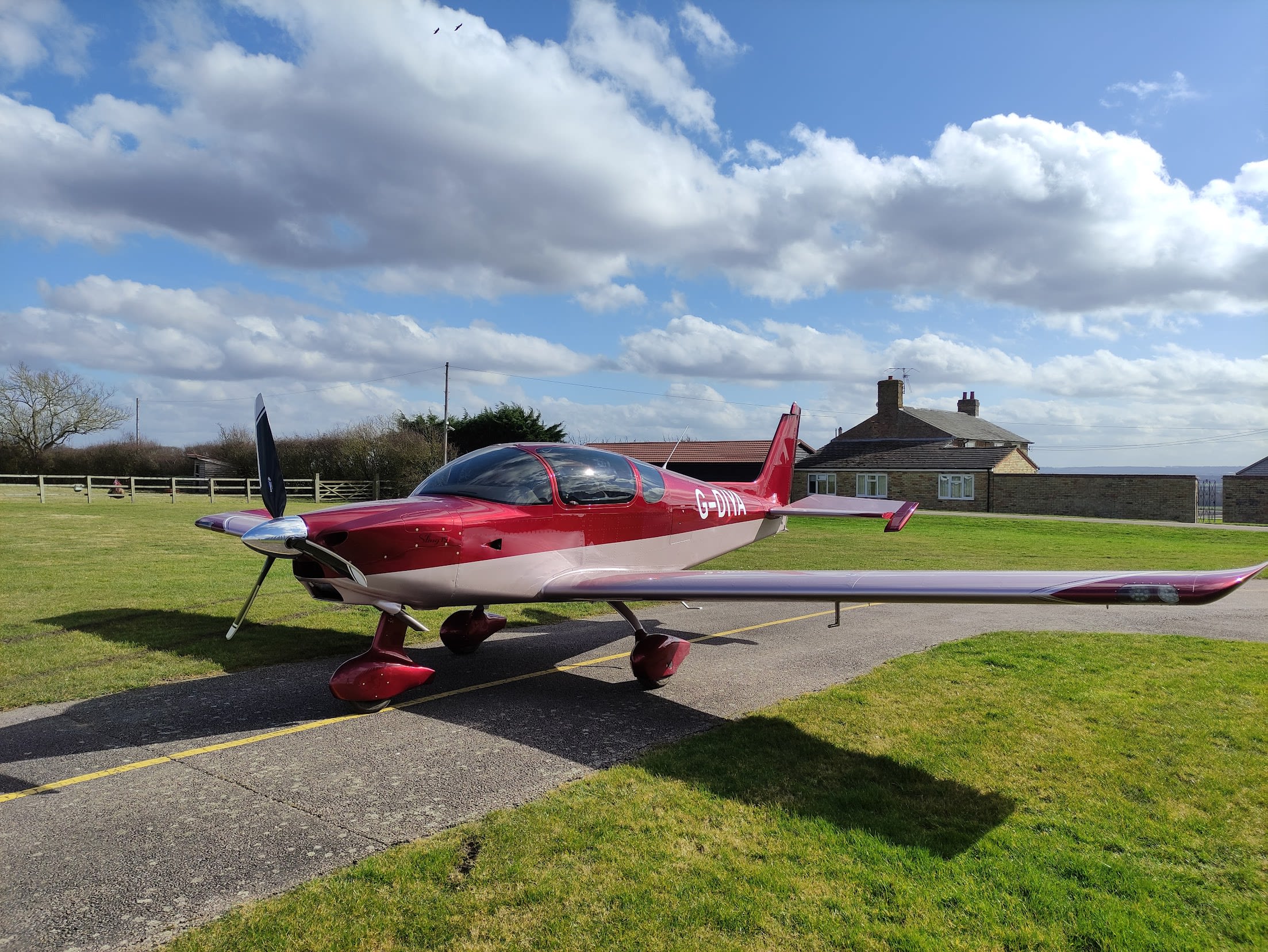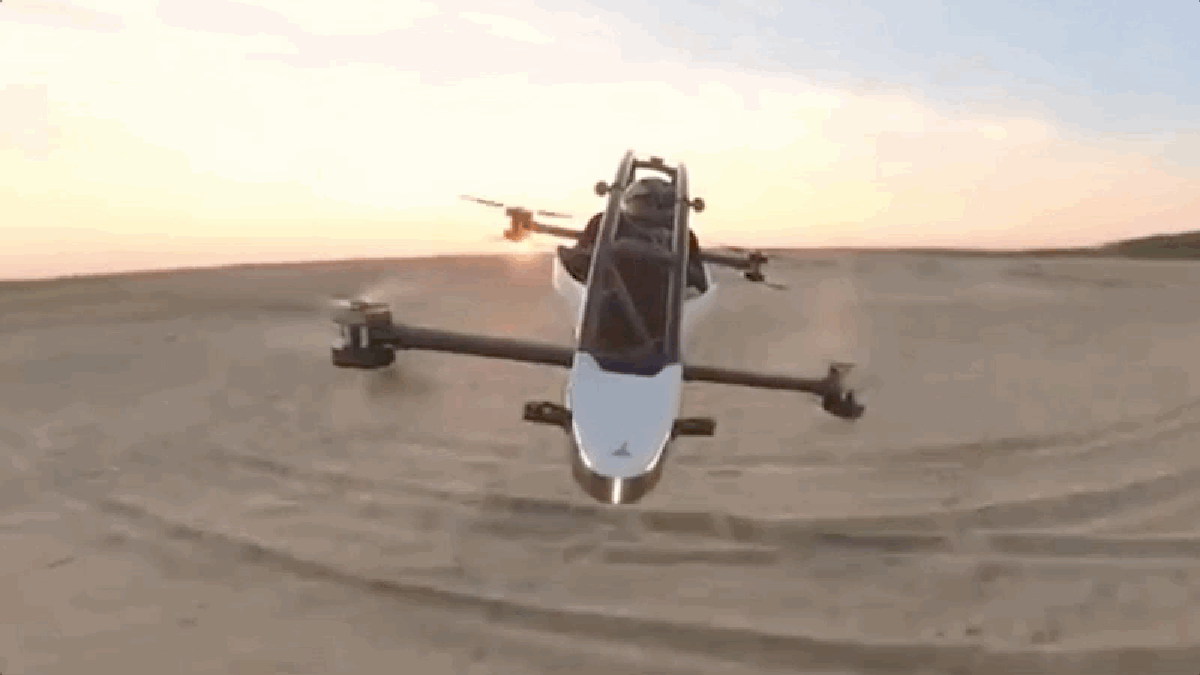Personal Aircraft No License - Ultralight aircraft are single-seat aircraft that are not subject to the same certification requirements as other aircraft. Pilots don't even need a pilot's license - these planes are for individual recreational use. They almost look like motorcycles but in heaven!
Ultralight aircraft are not allowed to fly without permission in controlled airspace and fly over cities, towns or assembly points. They are also limited in number as they are limited to having a five liter fuel tank.
Personal Aircraft No License

Ultralights come in many shapes and forms. The requirements are written to allow any type of aircraft as long as they meet the base weight and performance limits.
Private Pilot Course In Spain
The advantage of ultralight aircraft is low cost. Certification is a difficult process for aircraft manufacturers to go through. Because ultralights are not certified and do not need to be aircraft certified, thousands of dollars are passed on to the buyer. Also, they do not need to register with an N number and can save pilots on training.
Many Ultralights are made specifically for enthusiasts, but production units are also available. The most common type is an aircraft with a pusher type engine. Motorized paragliders are another popular type of ultralight, but even rotorcraft and gyrocopter ultralights are available.
An aircraft that meets these requirements is allowed to operate under Section 103 of the US Federal Aviation Code (FAR). If an aircraft does not meet all of these requirements, it must be certified and operated under Section 91 like any other aircraft.
The answer is surprisingly, no! At least in the United States, ultralight pilots do not need an FAA pilot certificate to operate under Part 103. Training is available on light two-seat aircraft specifically approved by the EAA and other organisations. While not mandatory, training is essential, especially for those new to flying.
Best Planes For Beginner Pilots
There are many recreational aircraft that do not meet the requirements of Section 103. There are many "homemade" aircraft that fly with test certificates, and many look and feel like production aircraft. They have two or even four seats and operate at high speeds in high places.
Like ultralights, lovingly built experimental aircraft are known for their cost savings. A common litmus test is known as the "51% Rule," which allows manufacturers to make kit planes and sell them 49 percent full. If the owner has completed 51 percent of the work, it is still a "repaired" aircraft. Many kit aircraft manufacturers offer completion programs to their owners at their factories where their technicians and staff are available to assist with the completion of the aircraft.
Without the costly burden of the FAA, the test aircraft can be built to the specifications required by the owner. The money earned by the non-type certified manufacturer means that the cost of the finished aircraft is much lower than that of the production aircraft.

Ultralight aircraft with well-designed boundaries are the most constrained. According to FAR Section 103, ultralights must:
Different Types Of Pilot Certifications
Aircraft certified in the experimental category can be used day or night, VFR or IFR, depending on the equipment installed and how it is certified. This rule is no different from other aircraft categories. However, the experimental aircraft cannot carry passengers or leased cargo.
All these rules are designed to facilitate access to flight for pilots and vehicle owners. These are US regulations and treatment of ultralight and experimental aircraft varies from country to country.
The keyword that gives a lot of freedom in Chapter 103 is “uncontrolled space”. So what exactly is uncharted territory and where can you find it?
In the United States, Category G is the only unregulated classification.
A Youtuber Purposely Crashed His Plane In California, F.a.a. Says
It is important to understand that the term "controlled airspace" is not directly related to air traffic control towers. Yes, the airspace around a high-tower airport, whether Class B, C or D, is controlled airspace.
However, the Class E control area is more common and fills many of the airport's gaps. The radar controller controls this area and this is where the aircraft exit tool works. If an ATC radar can reach an area, it's probably Class E. In the eastern United States, Class E is found anywhere above 1,200 feet AGL. In the mountainous west there are areas where Class E floors reach 14,500 MSL.
If there is an instrument approach at an airport without a tower, that airport can also be defined as Class E airspace. Many airports have lower levels of controlled airspace that go down to 700 meters MSL, but there are a few that rise above the Class E surface.

That's why the Class G unlimited range, which allows ultralights to operate without restrictions, is located below 1,200 meters above ground in most areas. There are a few places where they can operate at higher altitudes without a permit, and of course they need a permit to approach controlled airports.
Exclusive: We Fly An Electric Airplane
Ultralights are allowed in controlled areas if access is permitted. For most ultralight pilots, this is probably more work than it's worth. But some pilots undoubtedly operate outside of Class D airports, so it's easy to get permission directly from the air traffic control tower.
Ultralight pilots can see what airspace they have by knowing the rules and carefully studying aviation maps.
They may be restricted to airspace below 1,200 feet AGL if they are not operating in mountainous areas, and below 700 AGL if operating near certain airports.
Ultralights are often found in rural areas because they cannot fly in busy areas such as towns and cities. You won't find most of them operate at your city's private or international airport. However, if you drive out of town and see the local general aviation field, you may find a few.
This Plane Is Slick As A Sports Car, Portable As A Jet Ski
Ultralights are not required to operate from airports, so they can take off and land in a private area or safe place. Ultralights can take off and land almost anywhere if they meet the above requirements and can operate safely.
With proper planning, it is also possible to fly from airport to airport on a land flight. Small fuel tanks limit them a bit, but their small engines burn quite a bit of fuel. Store Sign Up Home Latest News Technical Truck Purchase Offroad Racing We can get commission from the links on this page.
Various startups are trying to reinvent aviation with personal drones that resemble consumer drones redesigned to fit humans. Now, newcomer Jetson Aero is throwing its hat into the ring with the Jetson One, a self-assembled electric VTOL that doesn't require a pilot's license.

I agree that this whole "custom electric aircraft" concept is getting harder to follow. It looks like these flying cars will act like flying cars soon. Some are considered flying cars, although they are not strictly cars. Jetson Aero, a Swedish startup, is advancing with a lofty, somewhat daunting goal: "We plan to pilot everybody."
Uk Flight Schools Hire Instructors For Electric Aircraft As Fuel Prices Bite
It's similar to the ideas you've seen from companies like Jetson One, Opener, and SkyDrive. Jetson said it's one of about 170 companies trying to do this, and only two of them have received orders for their cars.
It looks like a parallel but has four large rotors instead of wheels. These rotors sit a few inches from the open cockpit housing a single pilot. Like other eVTOL concepts, this aircraft is classified as ultralight, which means its capabilities and capabilities are very limited. Here's a quick summary of what that means:
The superpower light must weigh less than 254 pounds (excluding buoys and safety gear), hold no more than five gallons of fuel, and have a maximum speed of 55 knots (63 mph). In addition, ultralights can only be carried by one person.
All you have to do is sign up for an email and bang: credit for your pre-order on a new Samsung device.
How To Become A Private Jet Pilot
Its small size also means it can fit in a trailer so you can tow it wherever you want to fly. Power comes from four rotors producing a total of 118 HP from a lithium-ion battery. Jetson doesn't say the size of the battery, but says the flight time is as short as 20 minutes with a 187-pound pilot. Top speed may be within the legal limit of 63 mph.
Jetson says it will ship the One in 50 percent condition, and customers must complete the task themselves.
And like other ideas from the aforementioned group of companies, that one-seat pilot won't be able to enjoy Thanksgiving much. In this case, the operator's weight cannot exceed 210 kilograms.

Security comes from the aluminum space frame and some technology.
This Man Built A Plane For His Family In His Garden
Aircraft appraisal online, free aircraft appraisal, aircraft appraisal services, aircraft appraisal cost, aircraft appraisal jobs, aircraft appraisal course, aircraft appraisal training, business appraisal, rolex appraisal, appraisal software, 409a appraisal, aircraft appraisal report
Post A Comment:
0 comments so far,add yours